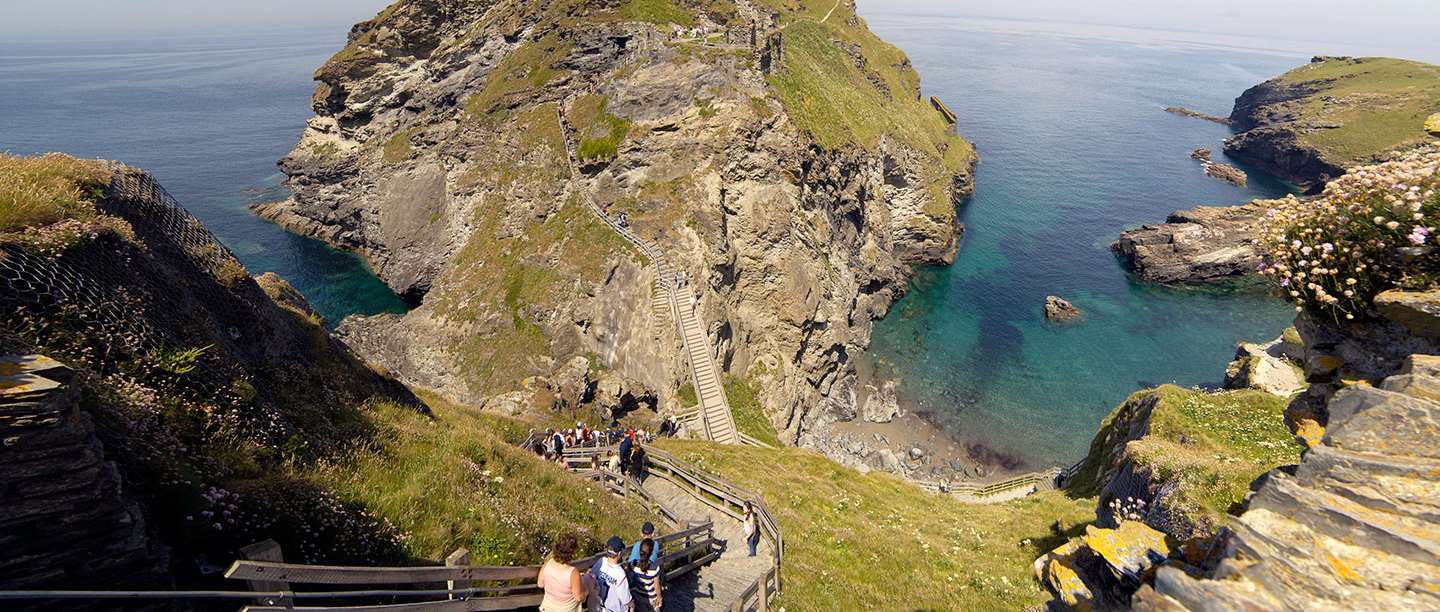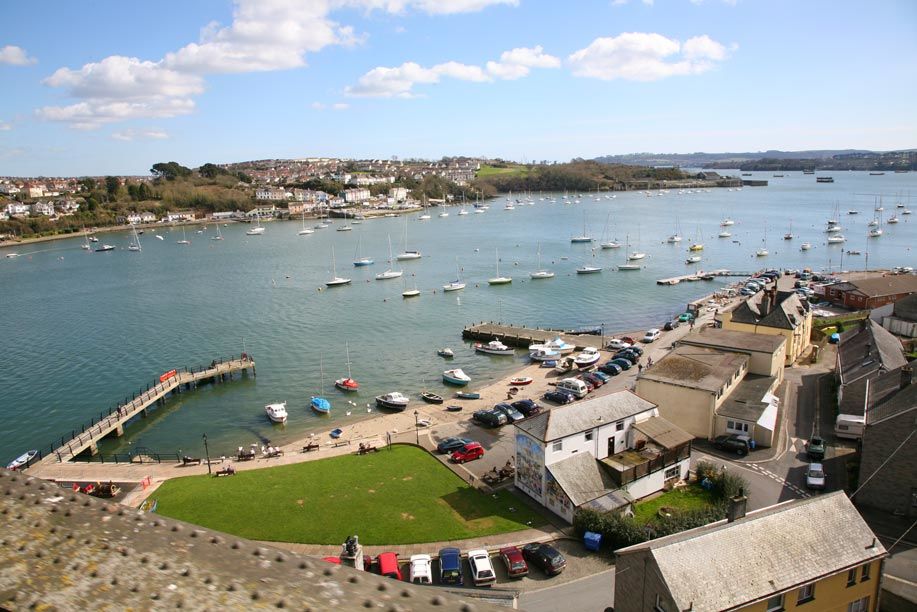Polperro
Polperro, undoubtedly one of the prettiest places in the whole of Cornwall – sheltered from the ravages of time and tide in its cliff ravine, it’s a magical jumble of cottages, each one unmistakably the work of the Cornish fishermen of the past.
Winding your way through the traffic-free streets to the small harbour, you’re treading the paths where barrows of fish were once carted and, under cover of night, brandy casks and tobacco bales were carried into their hideouts. Make no mistake, this peaceful fishing cove, mellow Polperro, was once a thriving centre for the area’s smuggling.
Much favoured by artists and photographers alike – Polperro is known for it’s outstanding beauty and individual grasp on it’s history and roots.The village retains almost all of its 17th century architectural charm and is still a working fishing port – an activity which is believed to have been around, uninterrupted, since the 13th century.
What to do in Polperro?
A visit to the smuggling museum takes visitors back into history and back into the days of when covert operations were the norm! Polperro achieved great notoriety in the 18th and early 19th centuries due to the enormous amount of smuggling taking place around the Port – tales abound of the Pilchard Fishermen and sometimes Smugglers of Polperro!

A visit to the Polperro Heritage Museum, situated in the old “Pilchard Factory” will provide a rich canvass of this fascinating history.
Today, in cellars where furtive smugglers once dodged the customs men’s muskets, you can see displays of local crafts and fishermen’s smocks, or you can dine in style at one of Polperro’s excellent restaurants.
Pulling into Polperro from the sea is an unforgettable experience, especially when you’ve caught a basket full of fish! Fishing trips or pure pleasure cruises are easy to arrange from the quayside. Or take the cliff path to explore the secluded smuggling coves of Talland and Lantivet Bay.
Leave your comment
You must be logged in to post a comment.







Facebook Comments